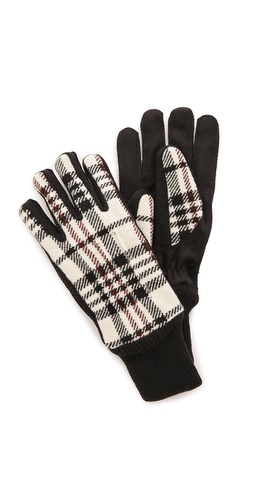A Day in the Sun(screen)
With Memorial Day behind us and nothing but summer days in the forecast, I am looking forward to spending some time outside with good old Mother Nature. Nothing, which I know of, can change one’s mood faster than a day in the sun. Things seem to effortless go from sucking to at least moderately okay in a matter of minutes. An unlikely read in an airport once taught me that while season’s change our basic needs do not, making vitamin D a crucial part of each and everyday. Vitamin D is proven to help mental sharpness, reduce abdominal fat, and keep hair looking healthy to name a few.
But days in the sun aren’t always blue skies and rainbows because without the proper protection you could end up with a nasty case of sunburn. Refinery 29 recently posted an article about what really happens to your skin when you get sunbrunt. It was a pretty long article and a little boring so these are the highlights. For starters, everyone should be wearing at least SPF 30 at all times.
So basically, every time you’re in the sun the skin responds by producing melanin, which gives the appearance of a tan. This is a protective function to help prevent UV damage to the DNA of your cells. The second process, triggered primarily by UVB rays, creates increases in melanogenesis, which is the body’s reaction to direct photo-damage from UV radiation. This leads to delayed tanning, and first becomes visible about 72 hours after exposure. Which is why picking out smart sunscreens that are packed with anti-inflammatories, antioxidants, and UV smart boosters that release vitamins when sunlight is detected are so important. A sunburn is the skin’s response to extreme ultraviolet (UV) exposure and indicates severe damage. The face, neck, chest, and surrounding areas are two to four times more sensitive than arms and legs.
Everyone knows what happens next. You get sunburnt and then you start to peel. Nightmare.
Peeling = Cell Suicide.
And here is the scary part – so according to this article peeling is your body’s way of of getting rid of the damaged cells that are at risk of “losing control” and becoming cancerous. Now that the C word has been mentioned, what do we do about it?
1.) If you start to get red, get out of the sun. You’re done. Sorry. 2.) Drink lots of water and stay hydrated. 3.) Make sure to store your sunscreens in a cool place, not your car and definitely not in your beach bag. When you expose sunscreen to heat it breaks it down. According to cosmetic dermatologist Dr. Fredric S. Brandt, “When it gets hot or is stored above 77 degrees Fahrenheit, the potency is destroyed, and the sunscreen will degrade.” So try to keep sunscreens in the shade. 4.)Make sure to apply it at least 15 minutes before you are going to be in the sun. Apply every two hours once you are in the sun, and if you swim for longer than 20 minutes apply some more.What to look for in a sunscreen?
1.) An SPF higher than 15 is best. WebMD (which my Dr. says is a reliable source so don’t blame me….) says that past SPF 45, the protection-level number on sunscreen bottles amounts to marketing bullshit. I took some liberties with paraphrasing that. 2.) Make sure to look for broad-spectrum sunscreen with UVA and UVB protection. 3.) Ingredients should include one of the following: antihelios, titanium dioxide, zinc oxide, or parasol 1789.Some of my favorites are Neutrogena Ultra Sheer Dry-Touch Sunblock in spf 45. I also love Daily Defense Sunscreen Broad Spectrum SPF 50 when I feel like splurging because my skin is prone to breakouts and this one seems to keep everything safe and calm.
What are some of your favorite sunscreens?
***beauty always comes form within, photos taken by Katerina Stavreva, xoxo behind the mirror***<-><-><-><-><-> Shop this Post <-><-><-><-><->






















